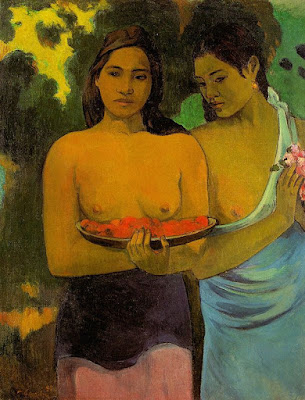
Secrets of Ancient Egypt Paintings
In the year 5000 BC, Egyptians were a nation that has had a stable civilization. Over the centuries until today, the legacy of ancient Egyptian civilization has been recognized as an amazing legacy. Including paintings on the walls of stone that adorned the building, and the tombs of Egyptian kings and nobles.
The paintings are dominated by human profiles, has a very distinctive characteristics in the depiction. Both hands have the same side with the same finger length, chest facing forward, but both legs and his head turned to the side, and profile the eye is drawn to the front perspective. This painting style certainly does not describe the precise human perspective. Egyptian artists apparently trying to draw a profile of the human body that clearly must incorporate the various perspectives within the body features a painted profile. During the next 3000 years, the artists of ancient Egypt still maintaining the style of this painting.
Why did the ancient Egyptian painting styles like-this? The answer is found in the tomb of a priest named Ramose. Ramose brother is a chief artist for Pharaoh. Before the death of Ramose, his sister's grave adorned with a variety of beautiful paintings and reliefs. Before the work was successfully completed, the Pharaoh's death, so Ramose lost his job. Painting that adorned his grave will be prepared for anything, stopped and not completed. From where visible, along the wall of an unfinished painting, there are fine lines forming a red plaid pattern is symmetrical.
Archaeologists also match the profile of human beings in other Egyptian paintings, with symmetrical boxes contained in the wall of an unfinished painting. Apparently there are paintings that each profile has the same size from different scales. Size for the eyes, head, legs, body height, hands and so on. Measuring boxes for each body part that causes the human profile on Egyptian paintings can not be made with realistic perspective.
These works of art is one manifestation of the Egyptian obsession for consistency and regularity. The value of this culture for centuries, making the Egyptian wall paintings have the same pattern.

















































